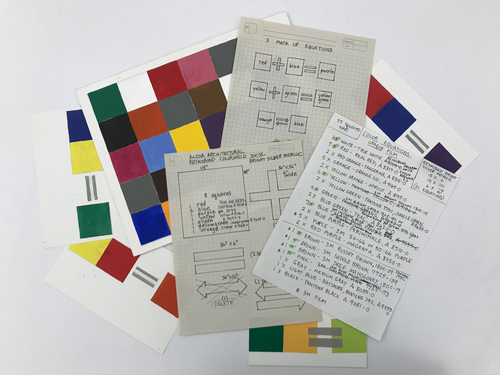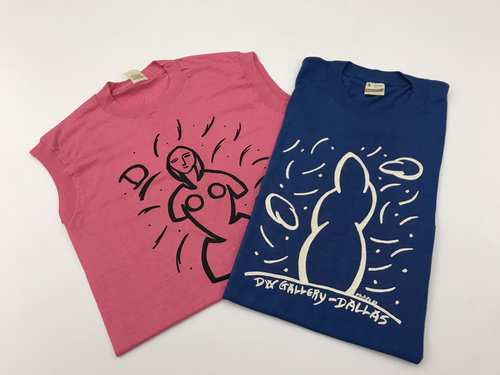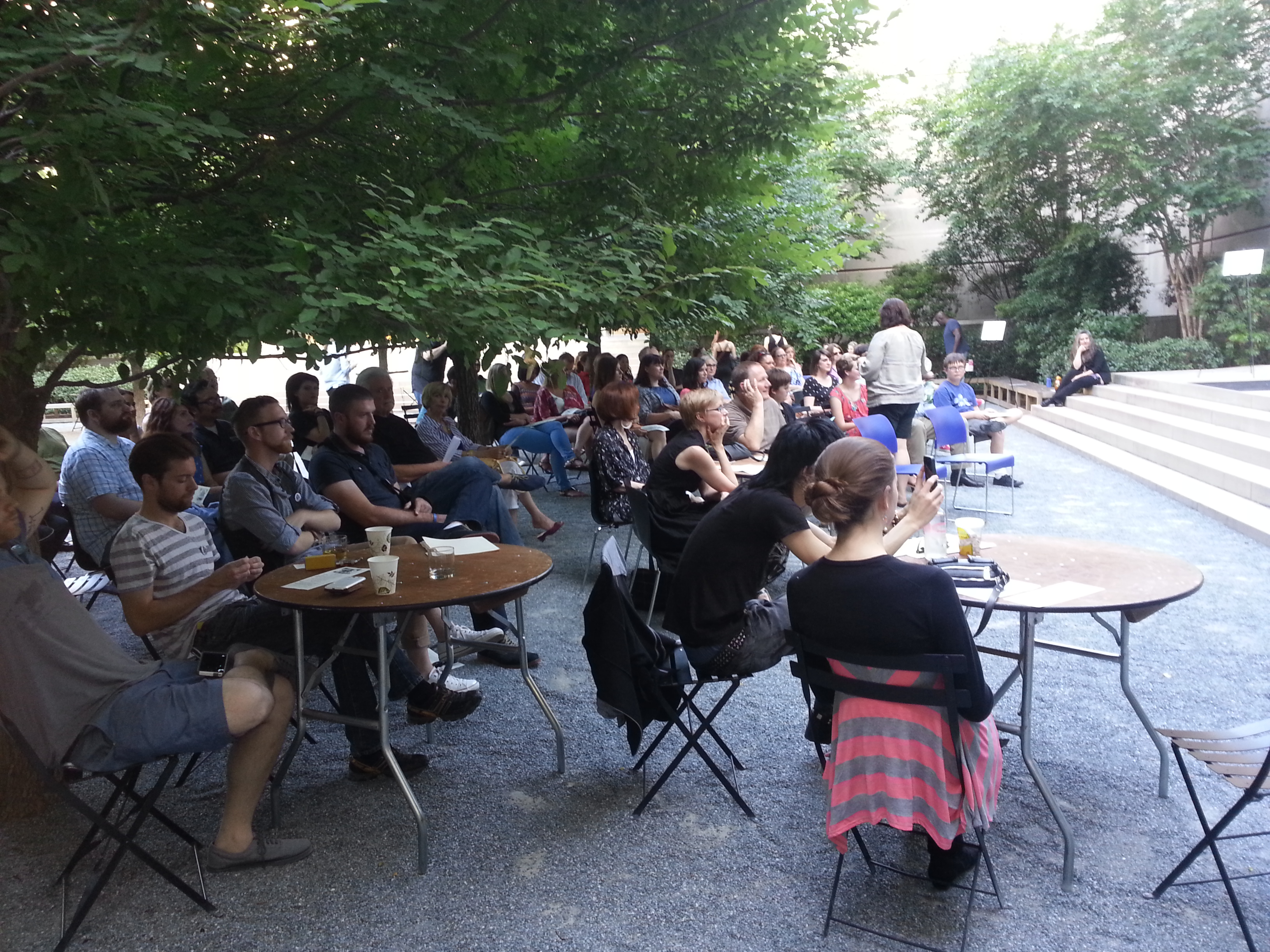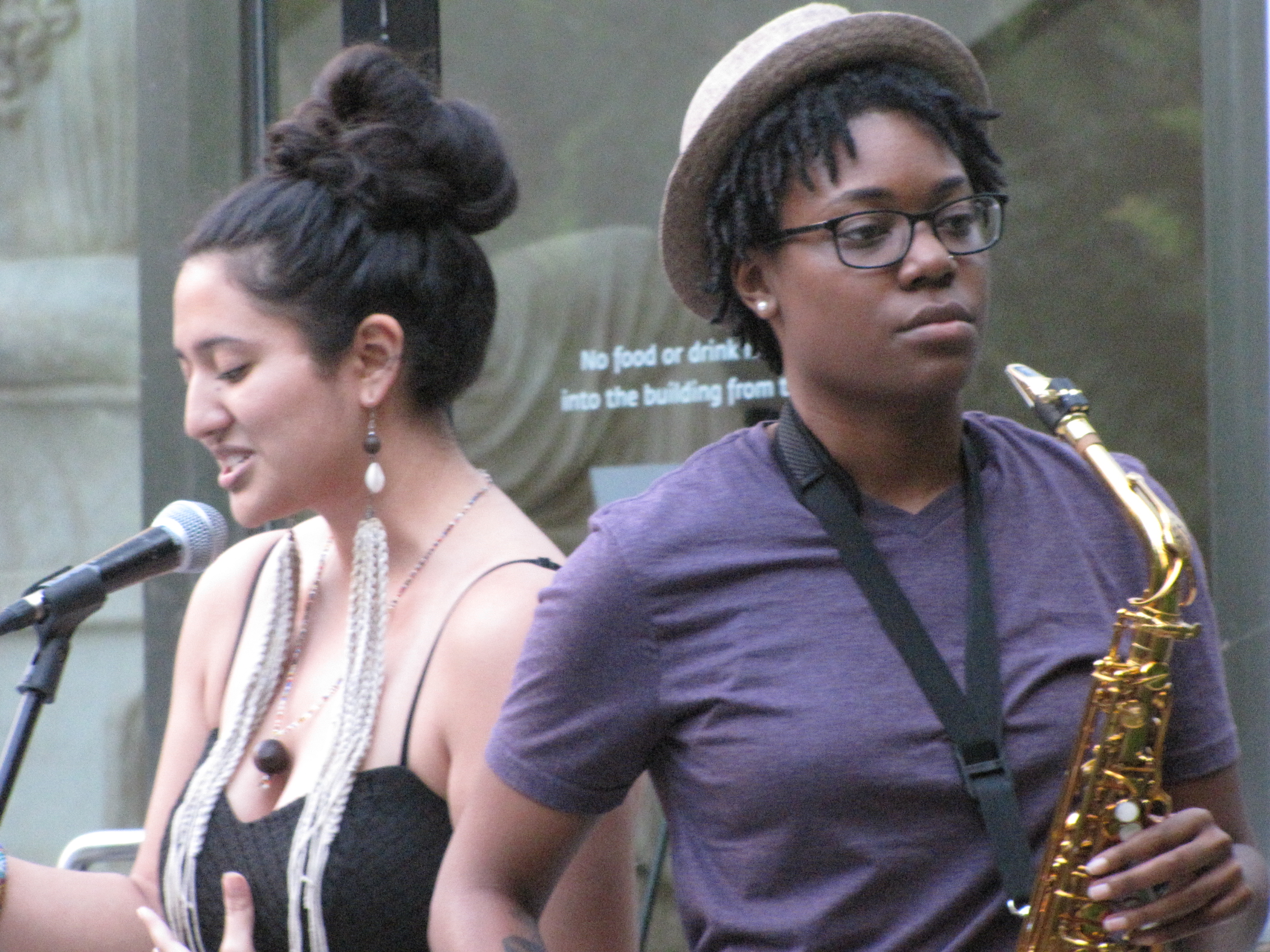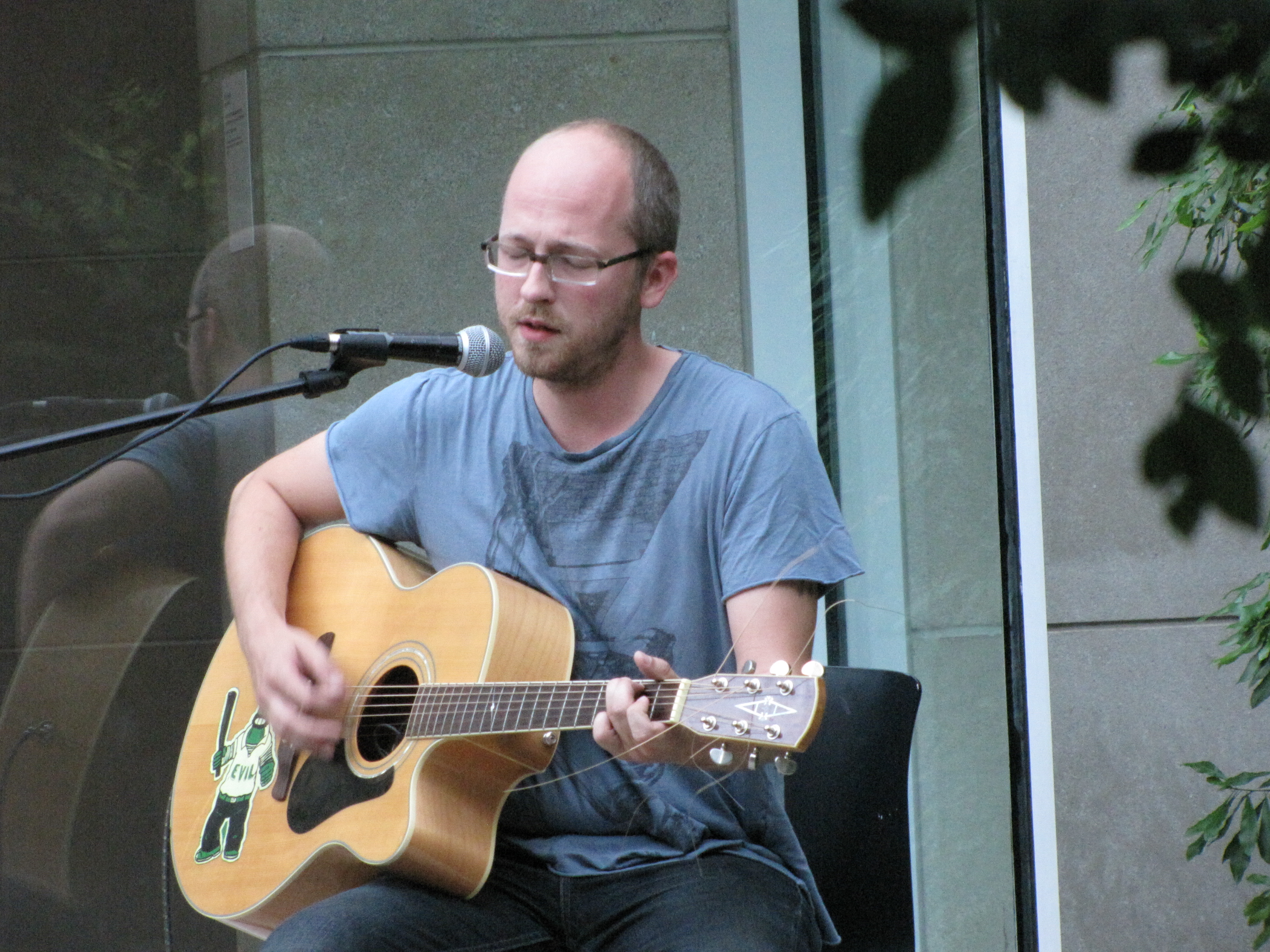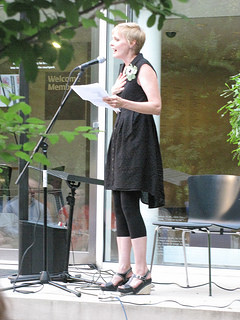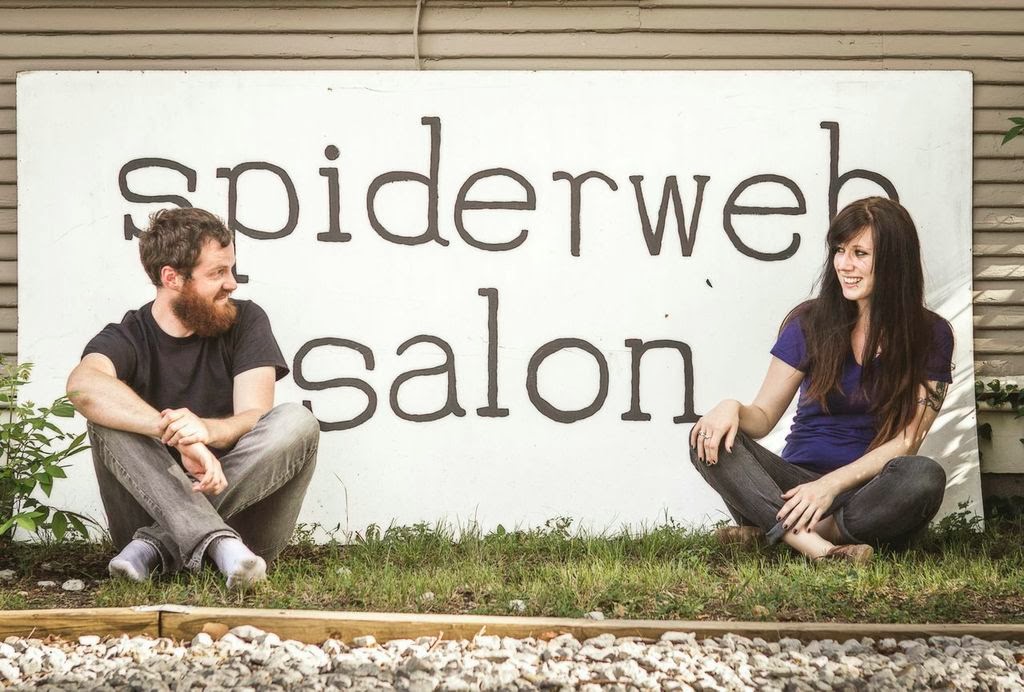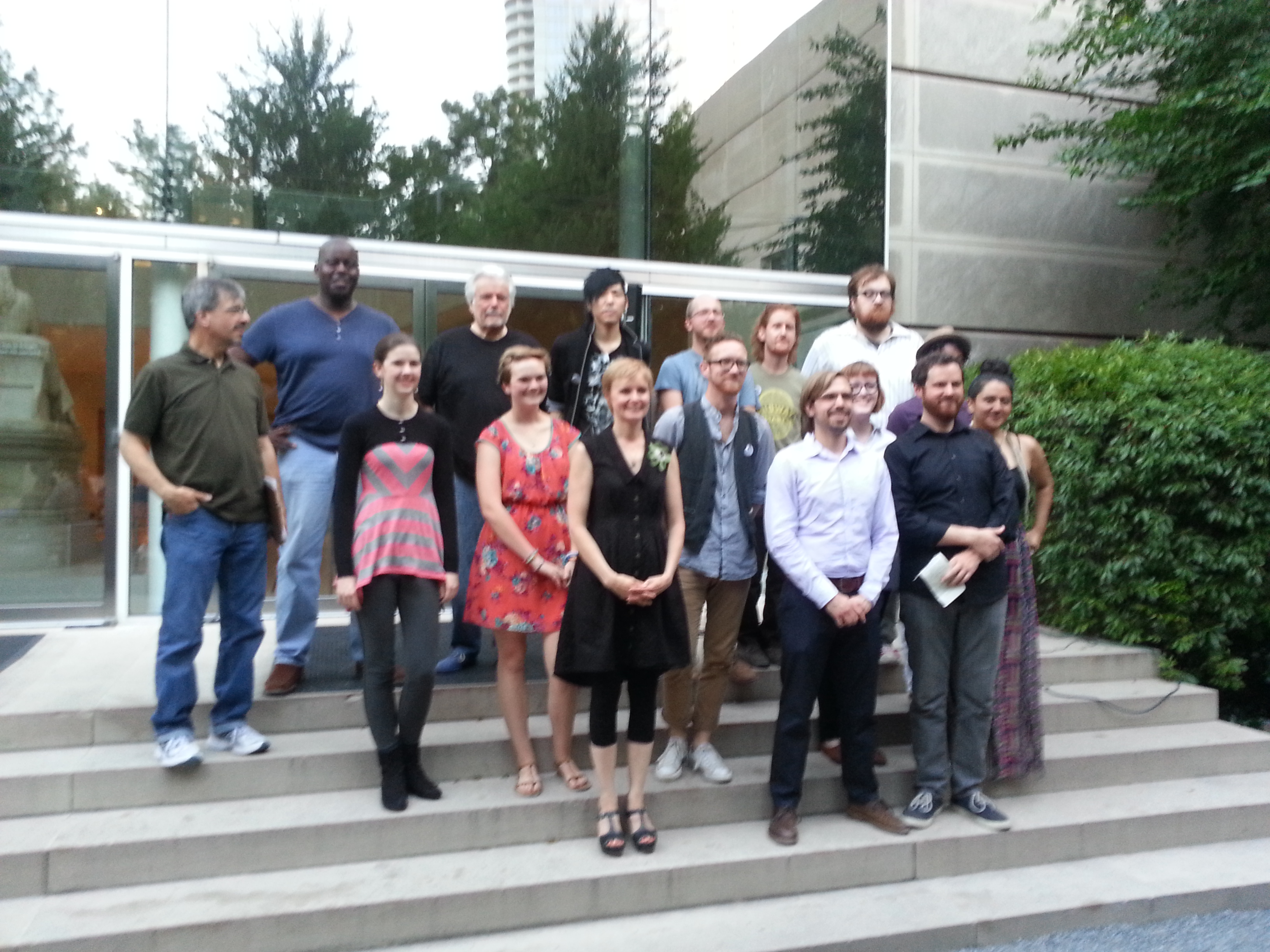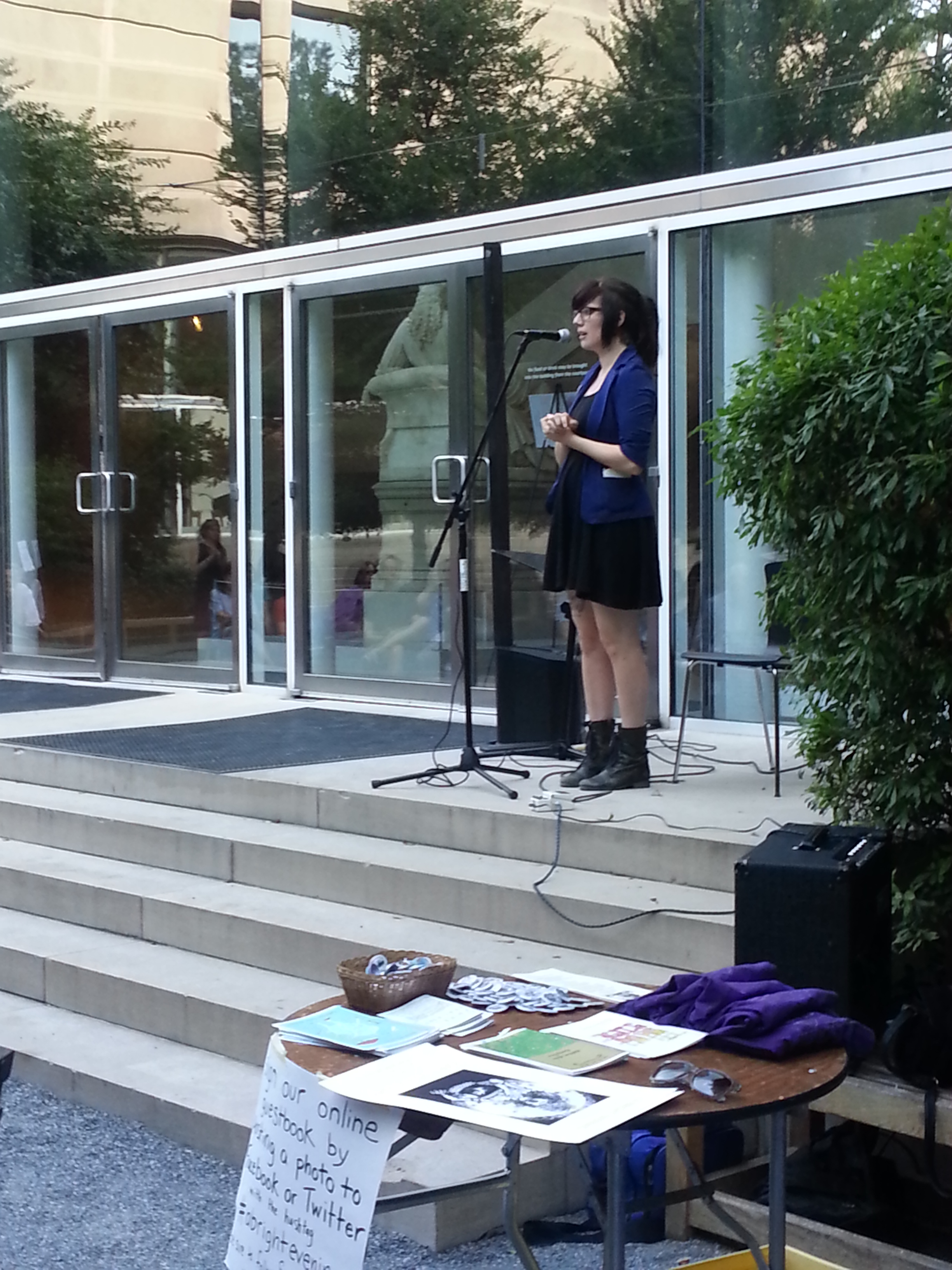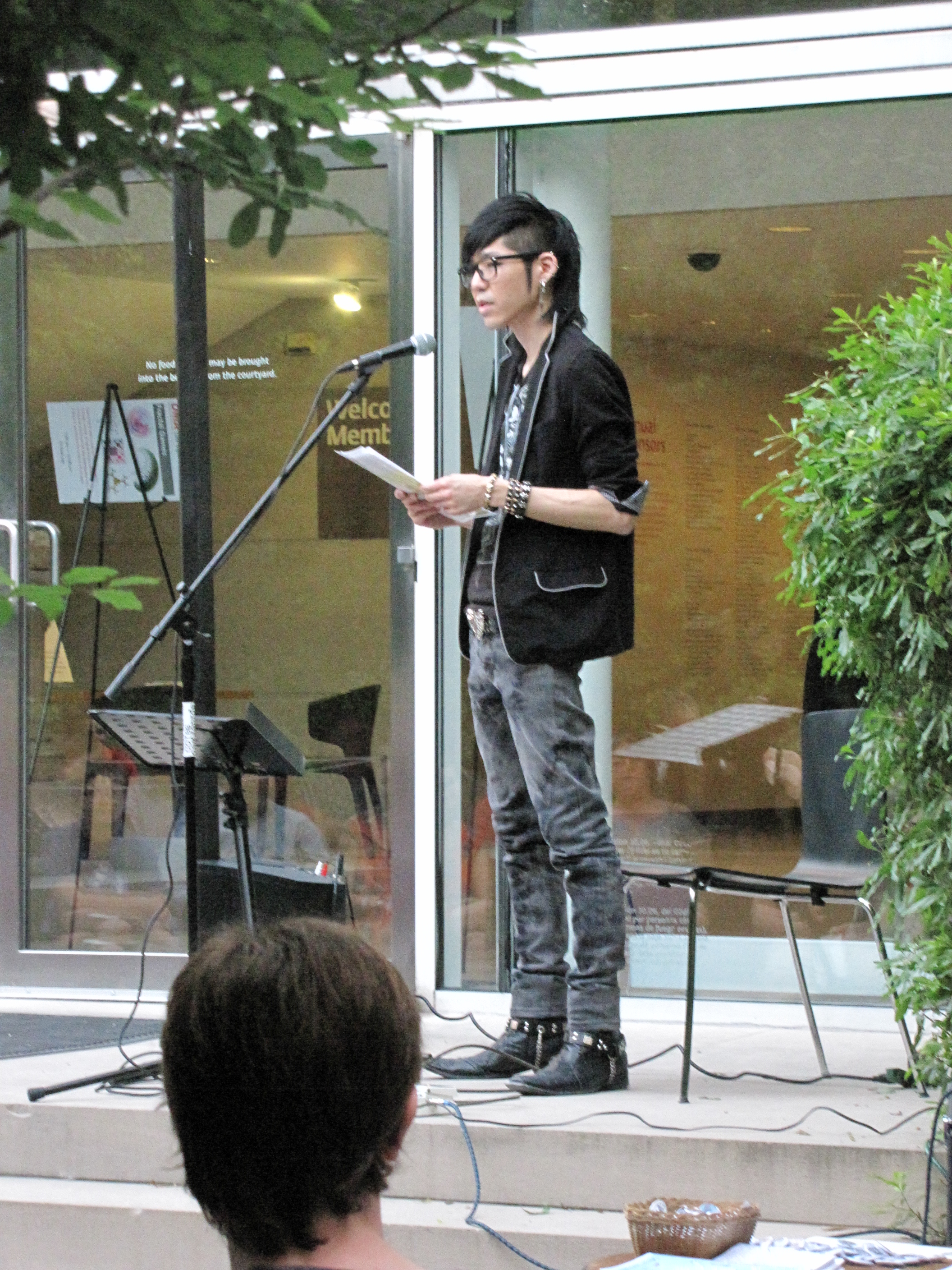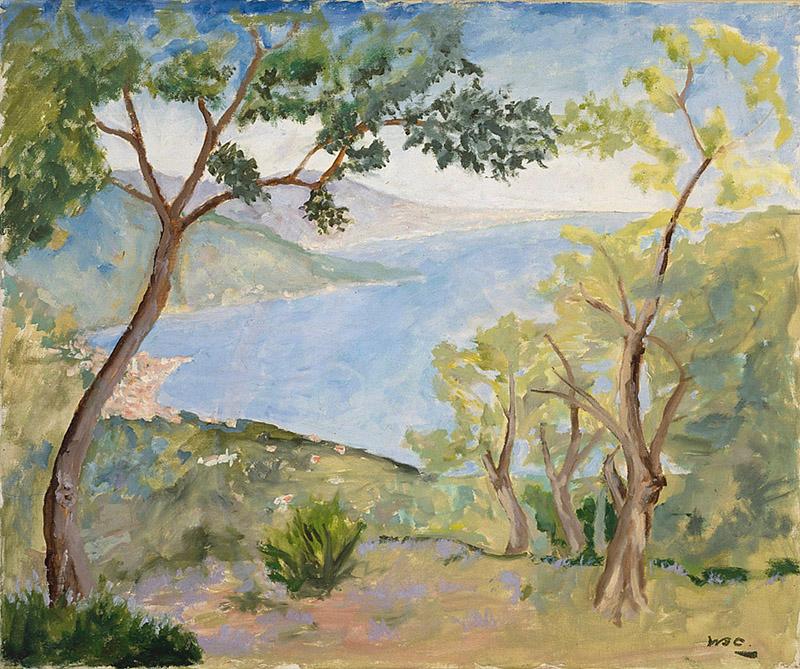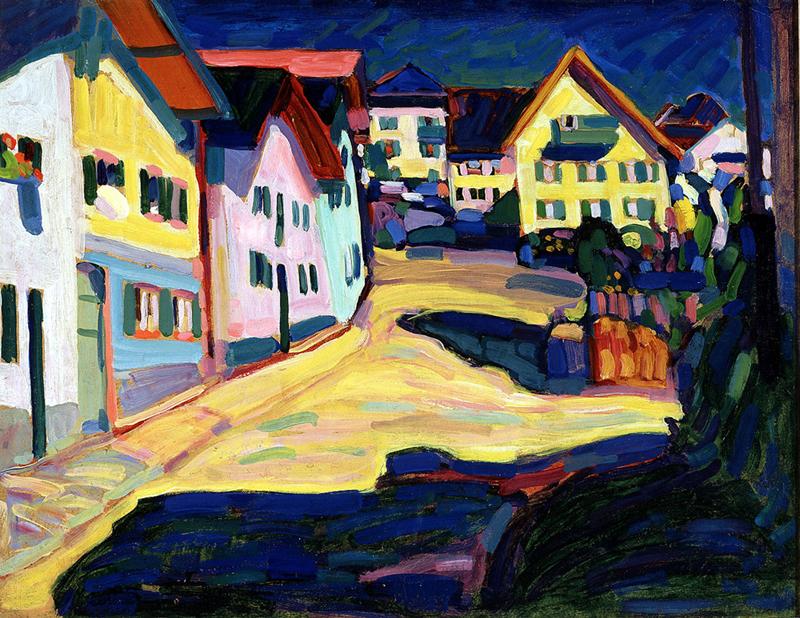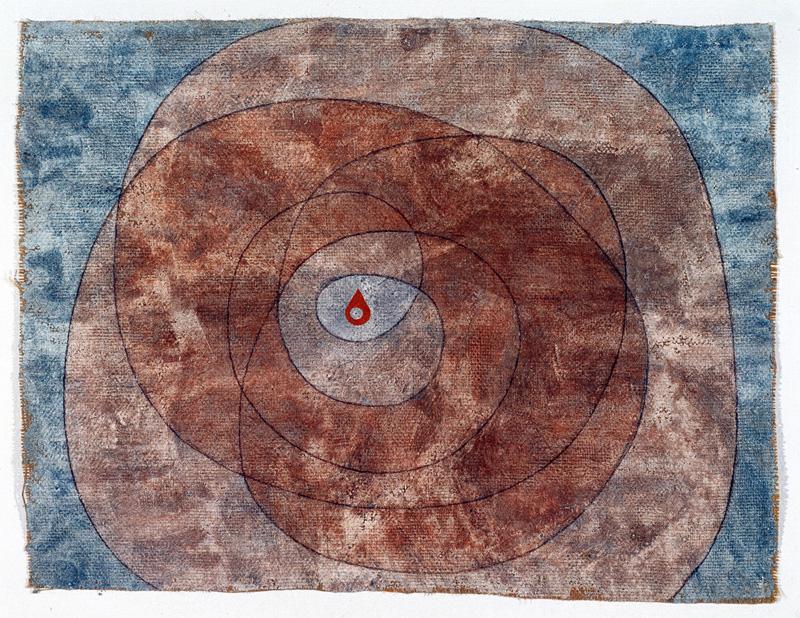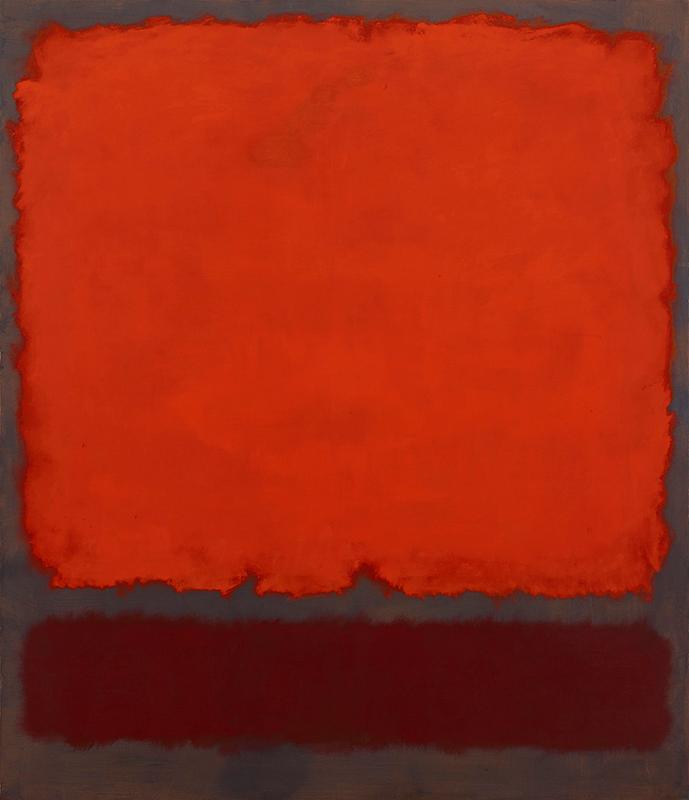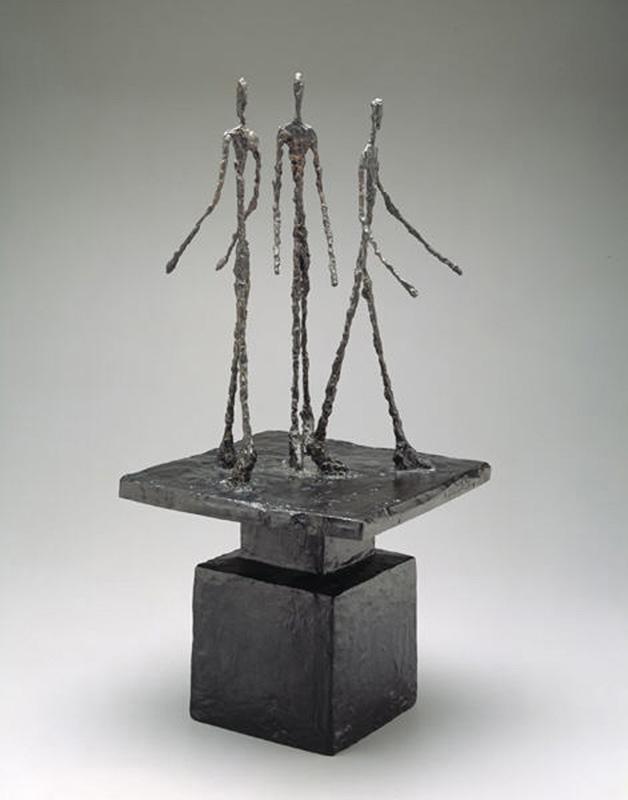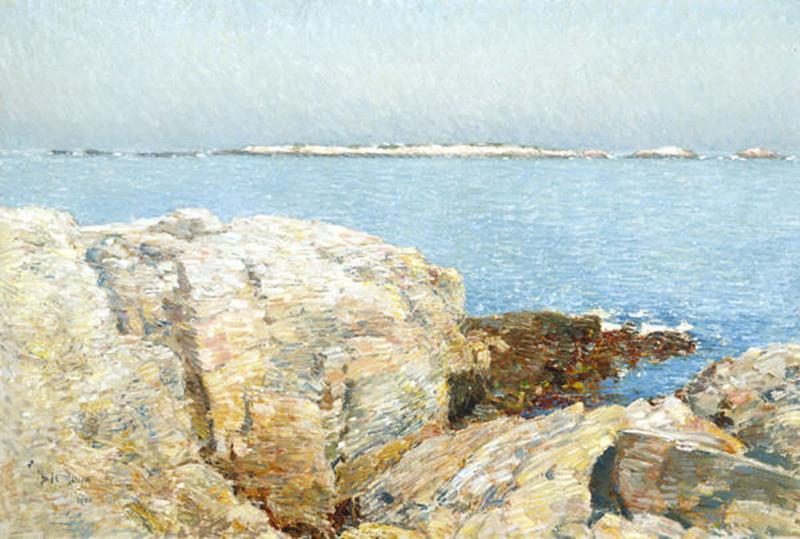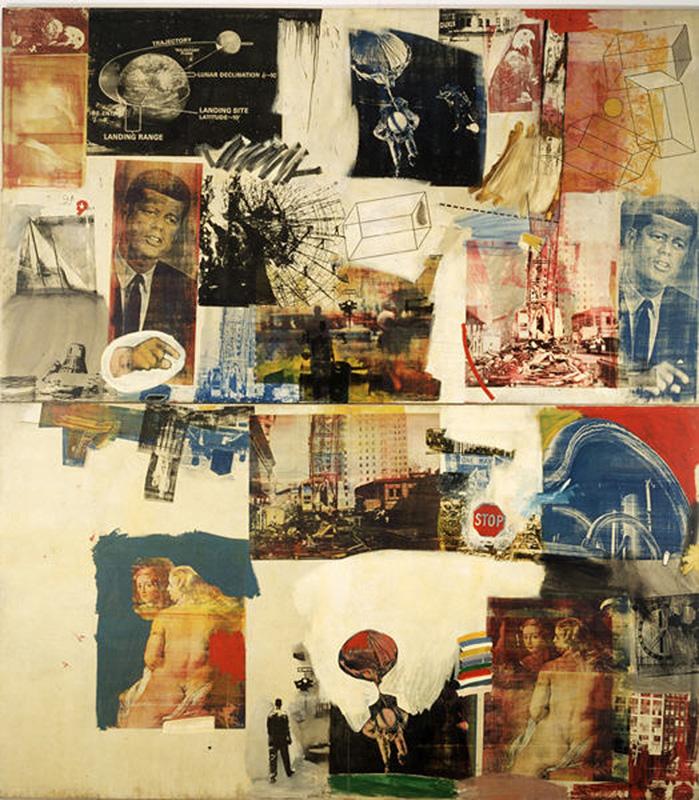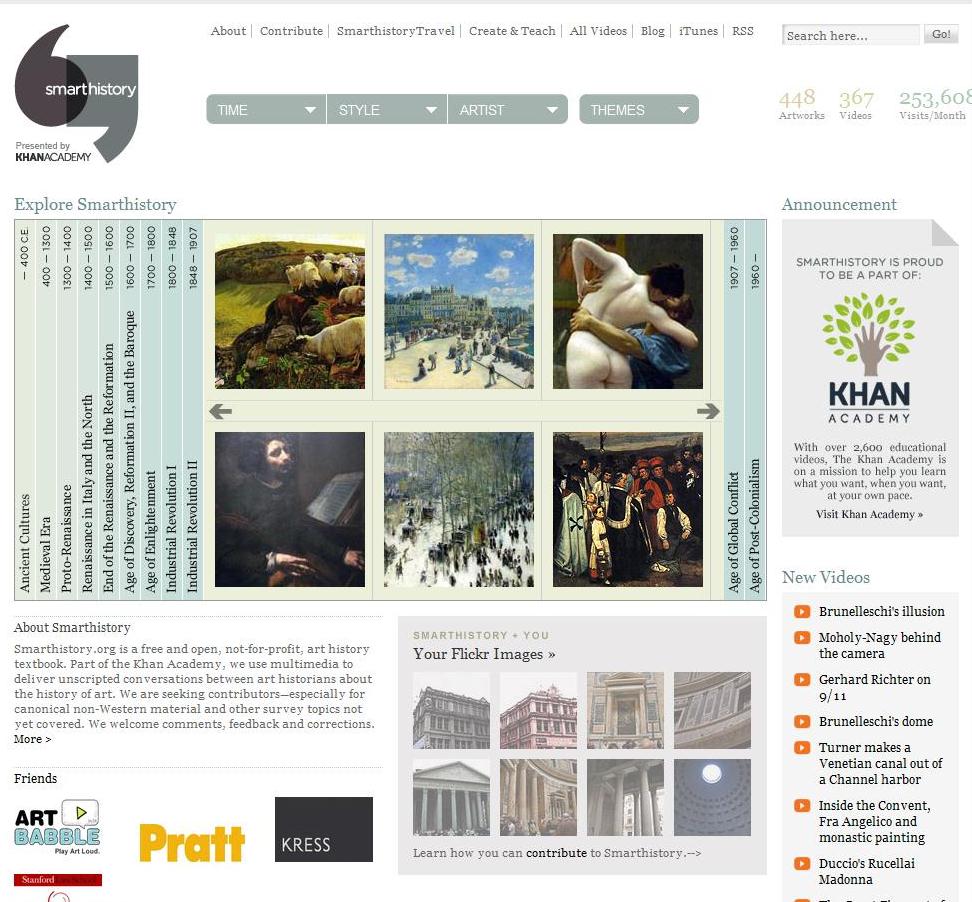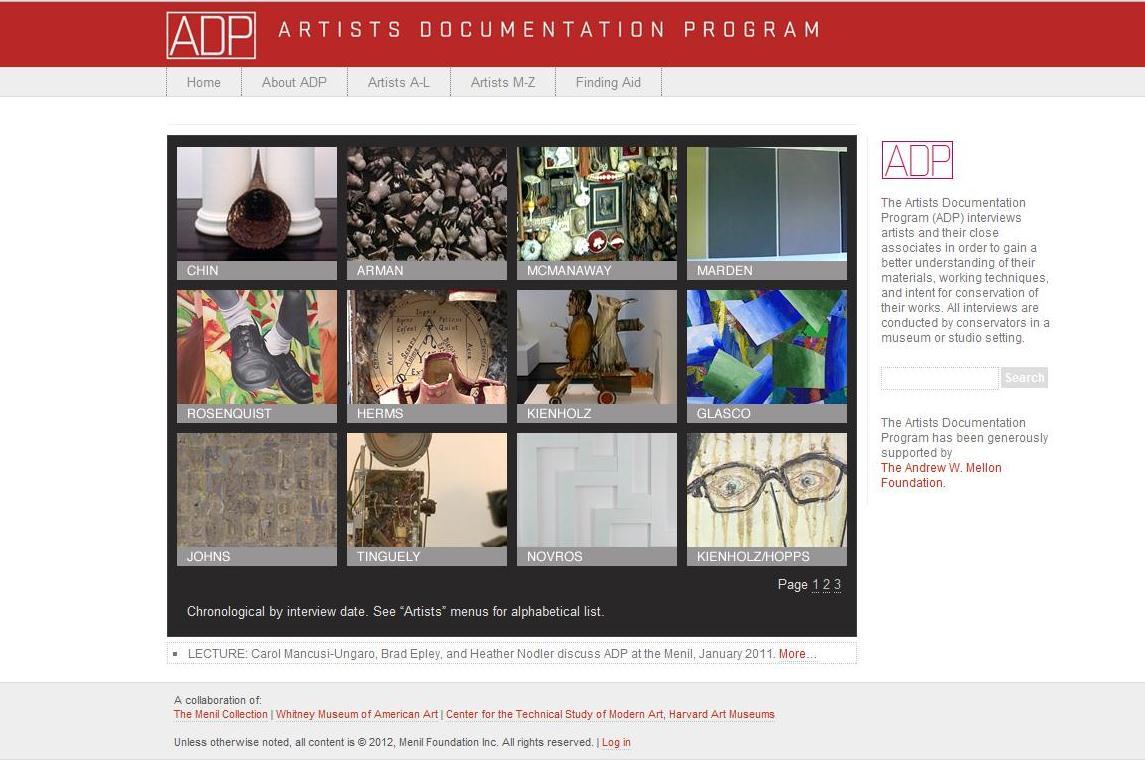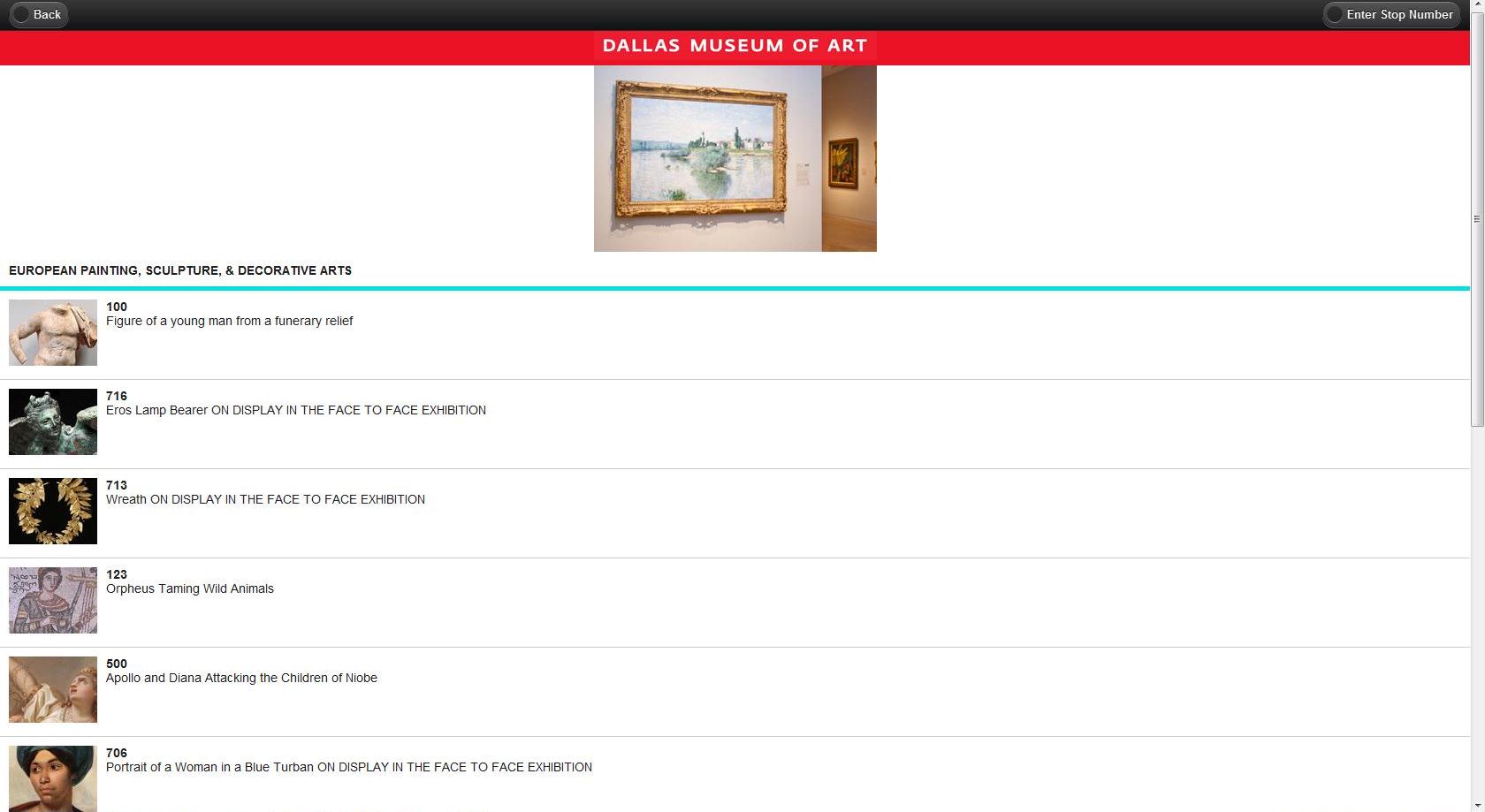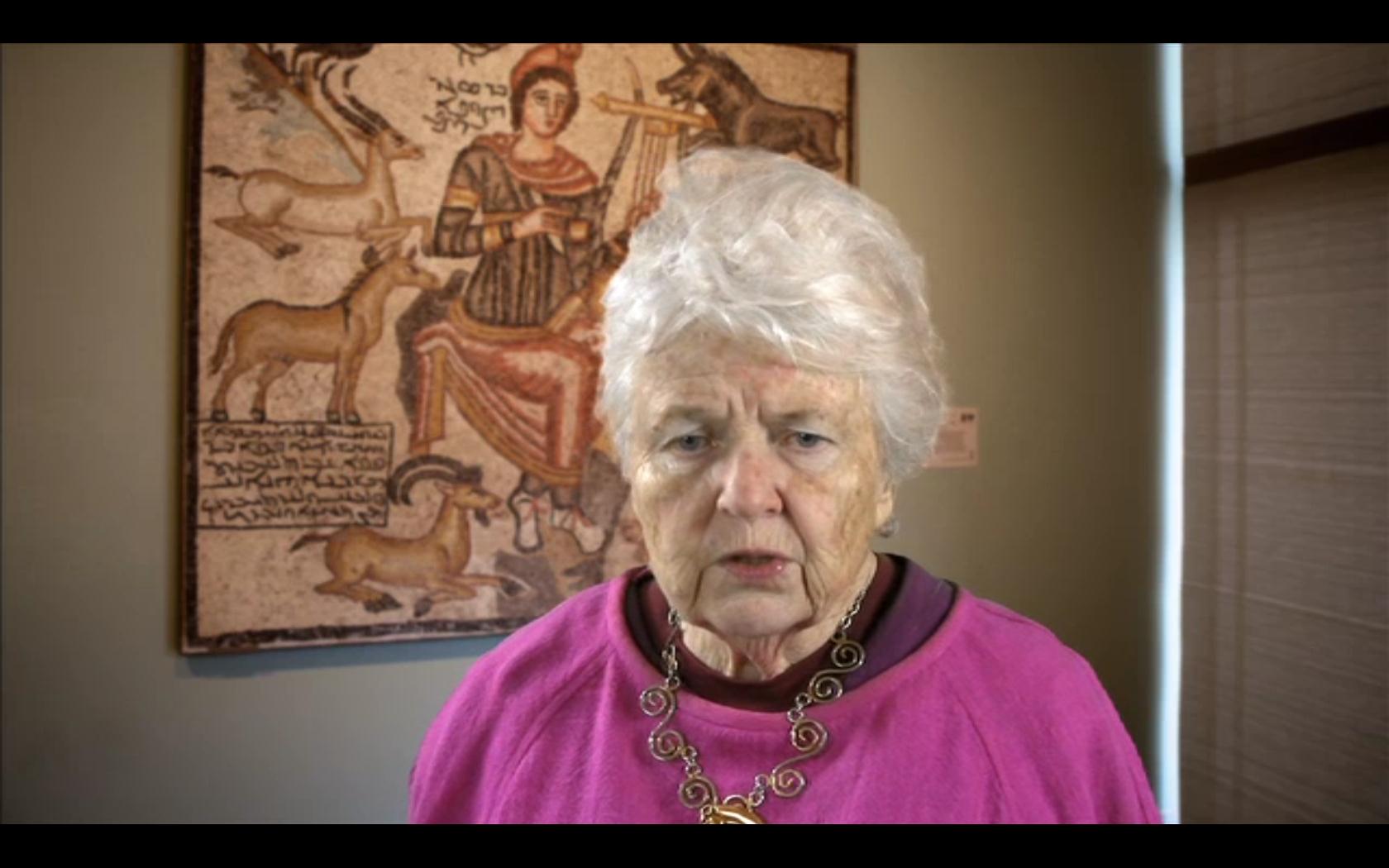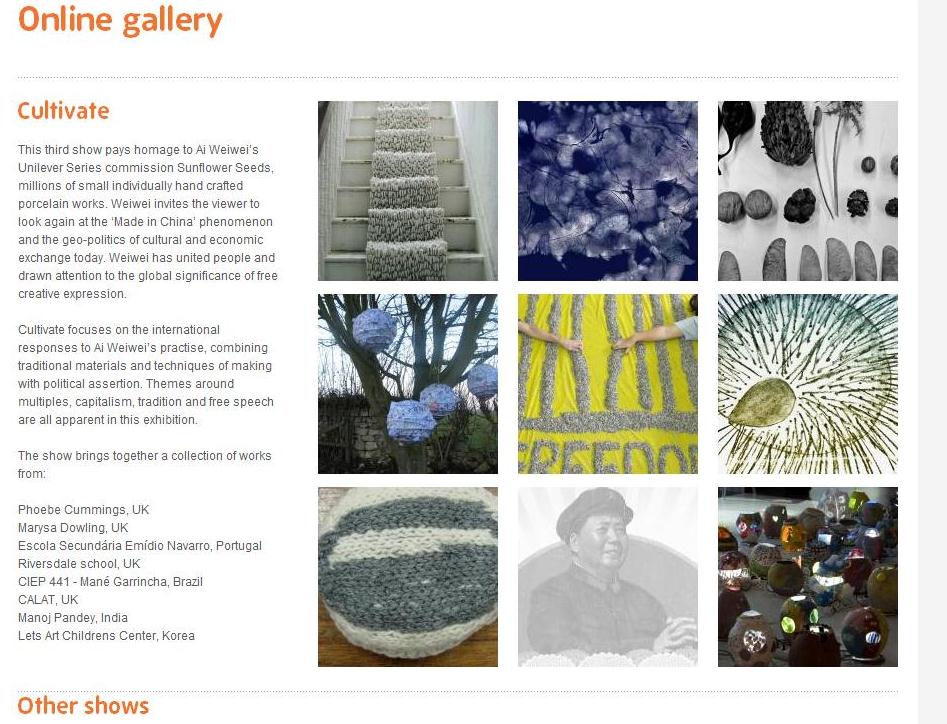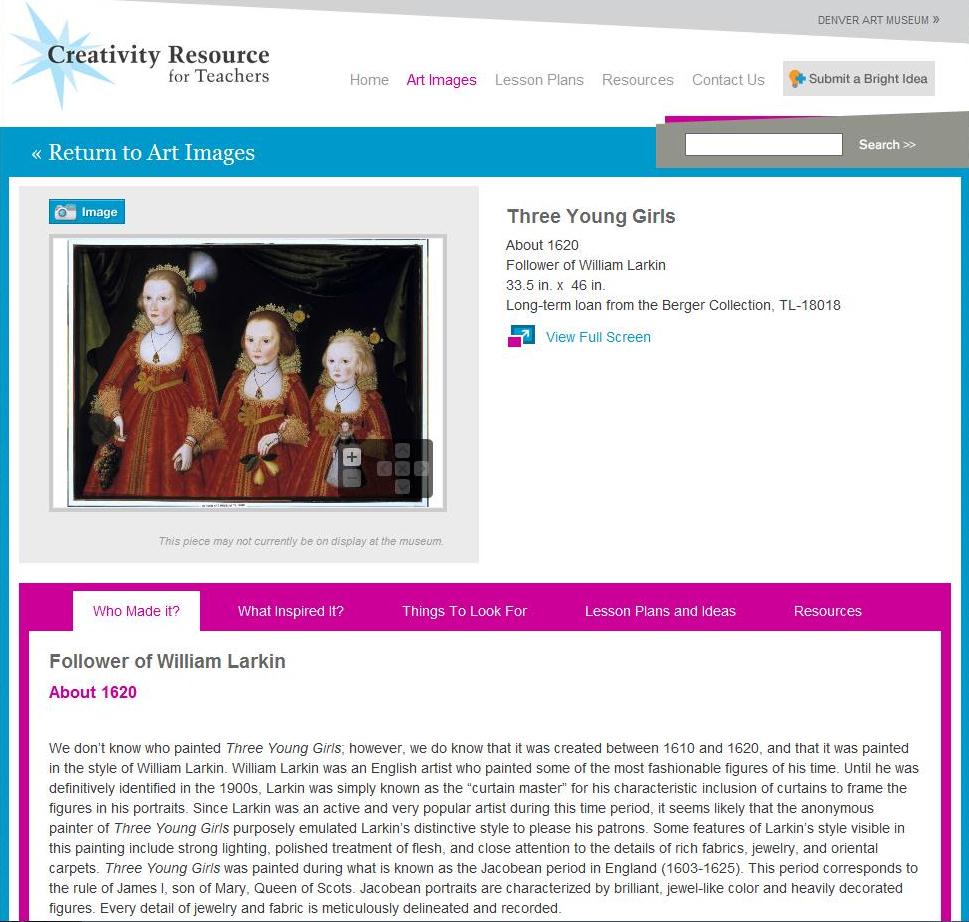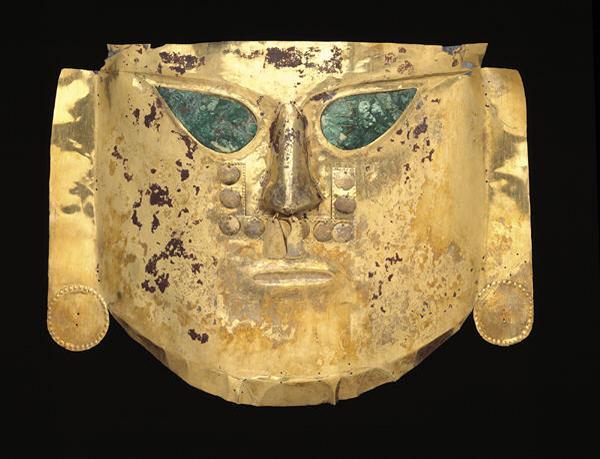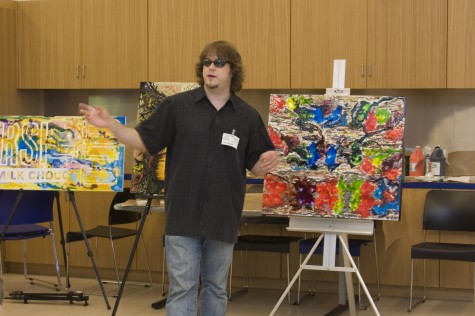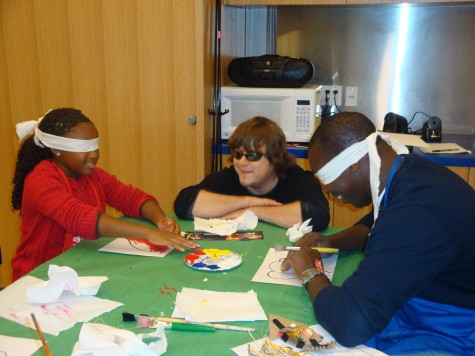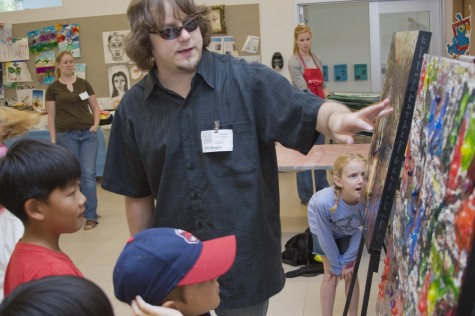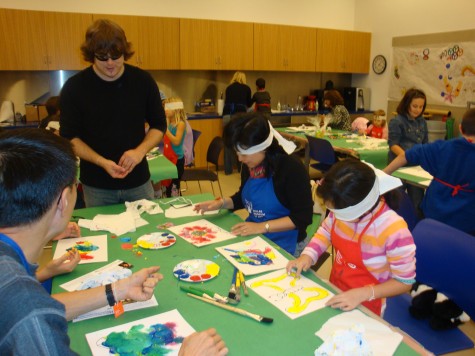This week’s post is written by guest-author Alexa Hayes, the McDermott Curatorial Intern for American and Decorative Arts. Alexa is a specialist on John Singer Sargent, having written her honors thesis on Sargent’s portraits of women during the 19th century. I’m very grateful for her contributions to this edition of Artist Astrology!
The chilly months of winter match the seemingly-chilly exterior of those born under the sign of Capricorn (December 22 – January 19). Capricorns are outwardly reserved, dedicated hard workers driven by private ambitions. Rarely reckless, they pursue their goals with resourcefulness and practicality, often enjoying success because of their intense commitment to their work. Capricorns are fiercely loyal, making friends for life with those who can see past their elitist demeanor to the deeply sensitive and loving character hidden inside.
The DMA’s collection offers stellar works of art by many of history’s most beloved Capricorns: Joseph Cornell (December 24), Henri Matisse (December 31), John Singer Sargent (January 12), Berthe Morisot (January 14), and Paul Cézanne (January 19).
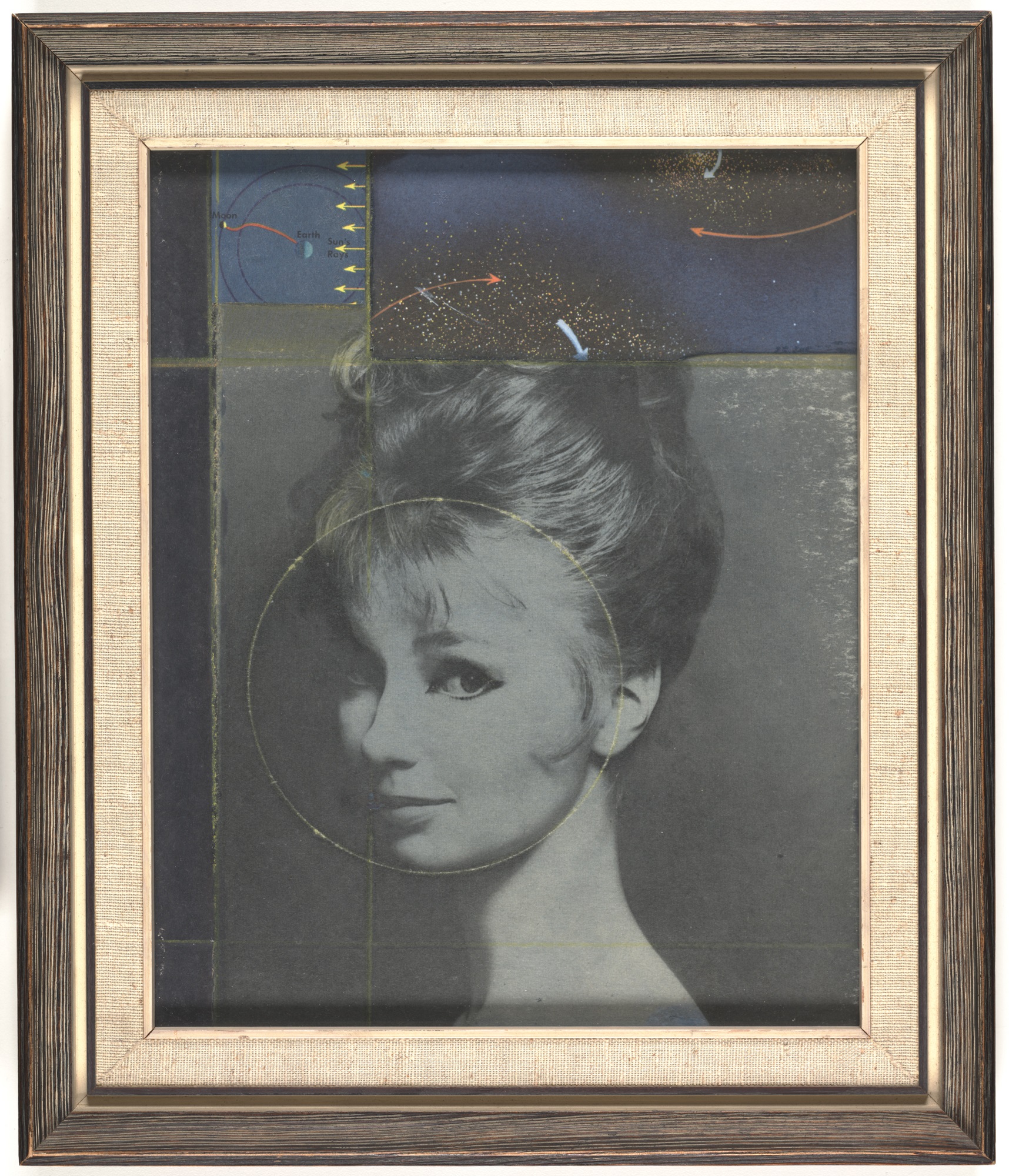
Joseph Cornell – December 24
An eclectic recluse, Joseph Cornell rarely left the state of New York and held a long-standing suspicion of people, particularly men. Despite this isolation, his pioneering of assemblage and collage as fine art earned him acclaim throughout the art world. He maintained a commitment to studio practice, constantly collecting objects, scraps, and images to create his works of art, preferring to work with items that already have a life and history rather than to produce something brand new. Although many art historians focus on the Surrealist influence in Cornell’s work, his style tugs at viewers in an emotional way, playing with their own nostalgia, thus distancing him significantly from the Surrealists’ crisp world of dreams and fantasy.
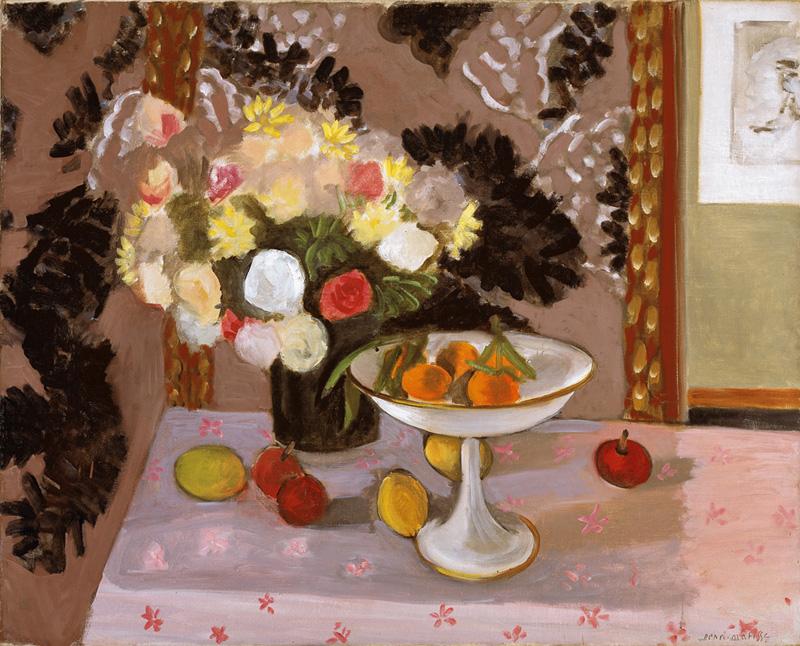
Henri Matisse – December 31
Originally trained as a lawyer, Henri Matisse did not develop an interest in art until age twenty one. During a period of illness, Matisse’s mother brought him art supplies to keep him entertained, unintentionally igniting a passion for art. Matisse worked in all media, from sculpture to drawing to printmaking, but became most famous for his daring employment of color, denial of realistic spatial relationships, and energetic brush strokes in painting. He is praised for his monumental contributions to modern art and remains one of the most beloved painters of the twentieth century.
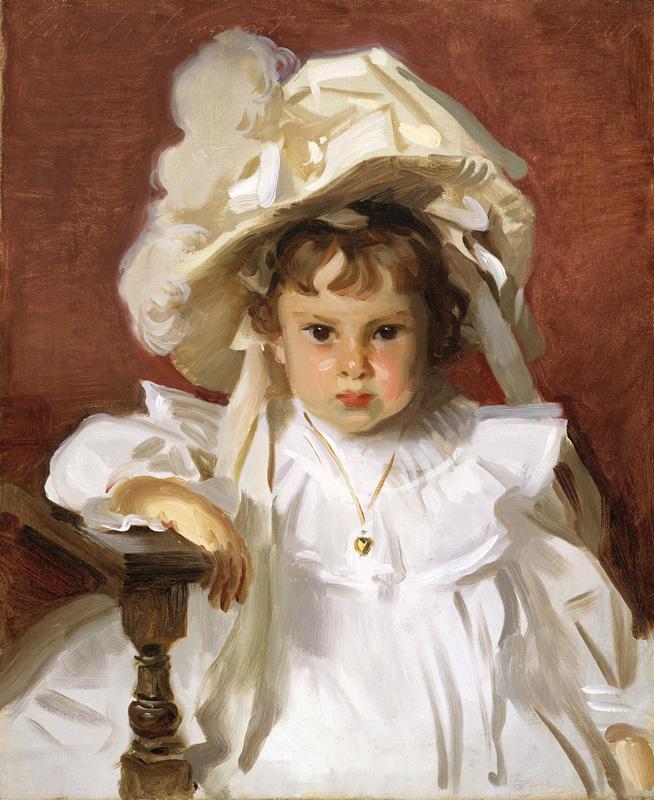
John Singer Sargent – January 12
Although John Singer Sargent lacked the reserved demeanor of most Capricorns, he did possess a distinct elegance and personable charm that gained him many friends in the elite literary and art circles of America and Europe. True to his Capricorn birth, however, he was extremely dedicated to a rigorous studio practice, maintaining a sketchbook at all times and spending hours developing the effortless painterly appeal of his portraits. Sargent had a keen eye not only for aesthetic design but for grasping the character of his sitter within minutes of their introduction. In Dorothy, broad streaks of paint shape the face of an angry child, seemingly furious at being forced to sit inside for a portrait in her fluffy white gown and impractical hat.
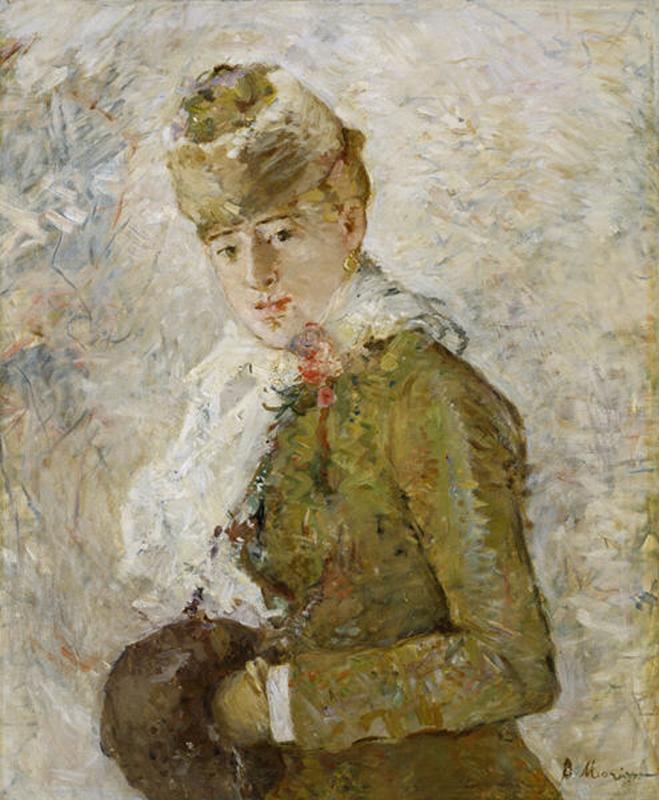
Berthe Morisot – January 14
One of the most important female artists of the nineteenth century, Berthe Morisot established herself at the forefront of the Impressionist movement, developing her own artistic style and deviating from the subject matter of her male peers. Her work focused primarily on the feminine or domestic sphere, depicting the intimate relationships of women and children. Morisot primarily used friends and members of her household as models, but chose to present them in a modern painterly style, thus elevating a mundane subject to the level of high art competitive with the works of other Impressionists. Throughout most of her life, Morisot maintained a close friendship with her brother-in-law, Edouard Manet, who encouraged her to be less self-critical while supporting her career as an artist.
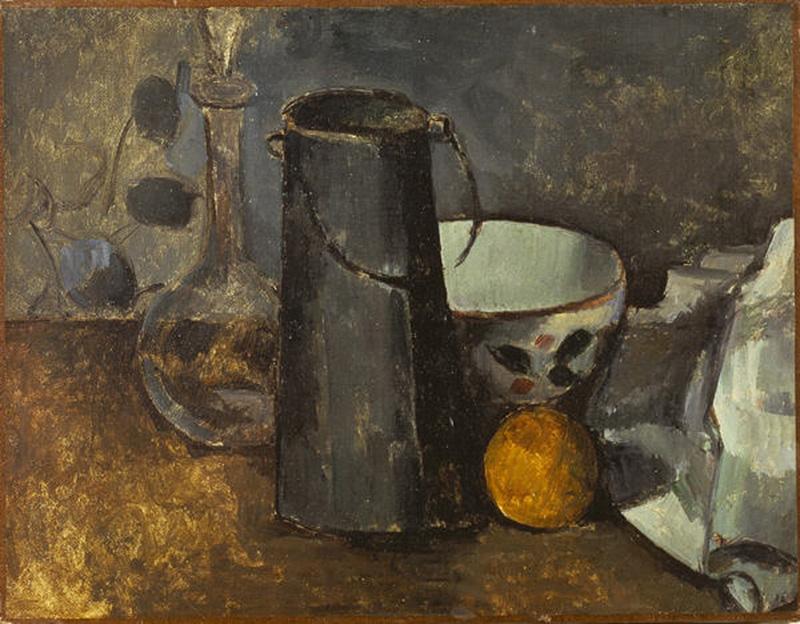
Paul Cézanne – January 19
A prolific artist throughout his life, Paul Cézanne demonstrated time and again his commitment to his craft, even risking his father’s wrath when he rejected a career in law to pursue art. Cézanne radically changed the art world by flattening the picture plane rather than using a mathematical linear perspective with a single vanishing point. Further, he simplified objects to basic geometric forms, enhancing their physical presence and sculptural qualities. Cezanne painted objects from a “lived” perspective, attempting to imitate the way that we see subjects in life from multiple angles or with varied impressions. His work greatly influenced the Cubist movement, inspiring artists like Pablo Picasso and Georges Braque to experiment with vision and perception.
Artworks shown:
- Joseph Cornell, Portrait of Fiona, 1965-1970, Dallas Museum of Art, Gift of the Joseph and Robert Cornell Memorial Foundation
- Henri Matisse, Still-life: Bouquet and Compotier, 1924, Dallas Museum of Art, the Eugene and Margaret McDermott Art Fund, gift of the Hoblitzelle Foundation, Incorporated, in honor of Dr. Bryan Williams
- John Singer Sargent, Dorothy, 1990, Dallas Museum of Art, Gift of the Leland Fikes Foundation, Incorporated
- Berthe Morisot, Winter (Woman with a Muff), 1880, Dallas Museum of Art, Gift of the Meadows Foundation, Incorporated
- Paul Cézanne, Still-life with Carafe, Milk Can, Bowl, and Orange, 1879-1880, Dallas Museum of Art, The Wendy and Emery Reeves Collection
Hayley Prihoda
McDermott Intern for Gallery and Community Teaching

